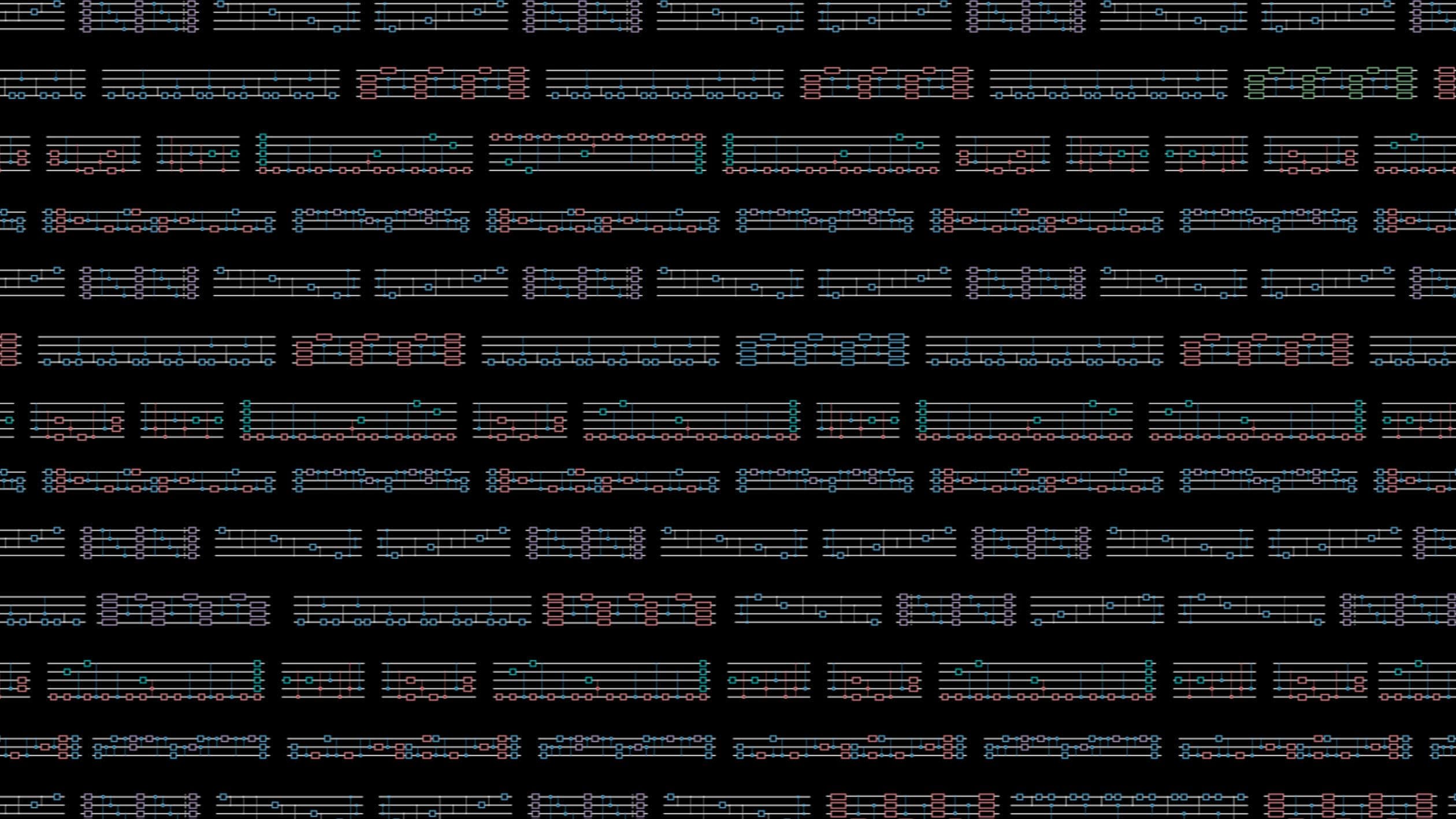IBM Quantum delivers 120x speedup of quantum workloads with Qiskit Runtime
We're pleased to announce that the team demonstrated a 120x speedup in simulating molecules thanks to a host of improvements, including the ability to run quantum programs entirely on the cloud with Qiskit Runtime.
Last fall, we made the ambitious promise to demonstrate a 100x speedup of quantum workloads in our IBM Quantum roadmap for scaling quantum technology. Today, we're pleased to announce that we didn't just meet that goal; we beat it. The team demonstrated a 120x speedup in simulating molecules thanks to a host of improvements, including the ability to run quantum programs entirely on the cloud with Qiskit Runtime.
Until now, we have mostly focused on the execution of quantum circuits, or sequences of quantum operations, on IBM Quantum systems. However, real applications also require substantial amounts of classical processing. We use the term quantum program to describe this mixture of quantum circuits and classical processing. Some quantum programs have thousands or even millions of interactions between quantum and classical. Therefore, it is critical to build systems that natively accelerate the execution of quantum programs, and not just quantum circuits. Systems built to execute quantum programs need to have significantly larger effective capacities, and they require improvements across the stack, including cloud service design, system software, control hardware, and even quantum hardware.
Back in 2017, the IBM Quantum team demonstrated that a quantum computer could simulate the behavior of the This Nature cover story, Hardware-efficient Variational Quantum Eigensolver for Small Molecules and Quantum Magnets, also detailed the simulation of beryllium hydride.lithium hydride molecule1 — a preview of the kinds of applications we hope that quantum computers will tackle in the future. However, the process of modeling the LiH molecule would take 45 days with today's quantum computing services, as circuits repeatedly passed back-and-forth between a classical and quantum processor and introduced large latencies.
Now, we can solve the same problem in just nine hours — a 120x speedup.
A host of improvements went into this feat. Algorithmic improvements reduced the number of iterations of the algorithm required to receive a final answer by two to 10 times. Improvements in system software removed around 17 seconds per iteration. Improved processor performance led to a 10x decrease in the number of shots, or repeated circuit runs, required by each iteration of the algorithm. And finally, improved control systems such as better readout and qubit reset performance reduced the amount of time per job execution (that is, execution of each batch of a few dozen circuits) from 1,000 microseconds to 70 microseconds.
The final boost came from the introduction of the Qiskit Runtime — a containerized service for quantum computers. Rather than building up latencies as code passes between a user's device and the cloud-based quantum computer, developers can run their program in the Qiskit Runtime execution environment, where the IBM hybrid cloud handles the work for them. New software architectures and OpenShift Operators allow us to maximize the time spent computing, and minimize the time spent waiting.
We hope that this speedup will allow more developers to experiment with quantum applications in chemistry—and beyond. For example, the Qiskit Runtime will allow users to try out our powerful new quantum kernel alignment algorithm, which searches for an optimal quantum kernel with which to perform machine learning tasks. We recently used this algorithm to prove that quantum computers will demonstrate a rigorous speedup over classical computers for supervised machine learning.
The IBM Quantum team is committed to finding practical quantum computing use cases, and delivering them to the largest possible developer base. We hope that the Qiskit Runtime will allow users around the world to take full advantage of the 127 qubit IBM Quantum Eagle device slated for this year — or the 1,121-qubit Condor device planned for 2023.
Notes
- Note 1: This Nature cover story, Hardware-efficient Variational Quantum Eigensolver for Small Molecules and Quantum Magnets, also detailed the simulation of beryllium hydride. ↩︎
References
-
Kandala, A. et al. Hardware-efficient variational quantum eigensolver for small molecules and quantum magnets. Nature 549, 242–246 (2017). ↩
Related posts
- ReleaseJessie Yu, Maika Takita, Kit Barton, Kevin C. Smith, Bibek Pokharel, Blake Johnson, Salvador de la Puente González, Leanne Cherry, and Robert Davis
IBM Research Ireland moves to the heart of Dublin with a new lab at Trinity College Dublin
NewsMike MurphyWhat’s next in computing is generative and quantum
NewsPeter HessTransitioning to quantum-safe communication: Adding Q-safe preference to OpenSSL TLSv1.3
Technical noteMartin Schmatz and David Kelsey
